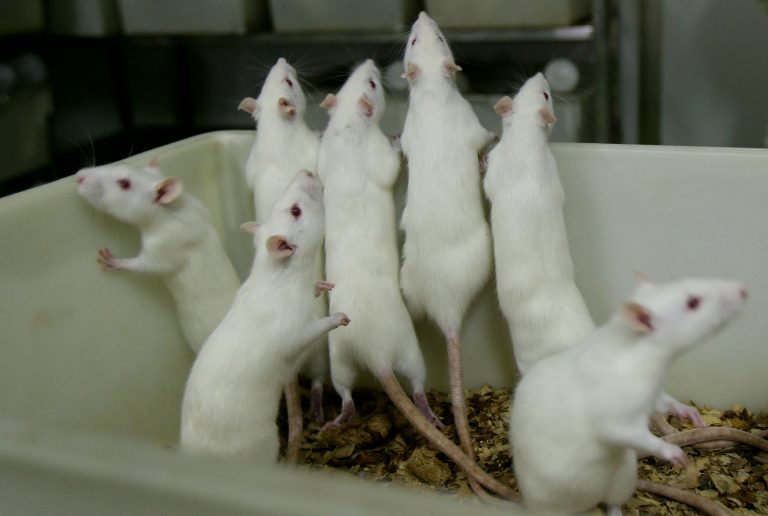Scientists from the Naval Medical University in Shanghai have successfully coaxed male rats to give birth via Cesarean section, in a rather unorthodox experiment.
The successful experiment was announced via a report on BioRxiv (pronounced BioArchive), by researchers Rongjia Zhang and Yuhuan Liu, titled “A rat model of pregnancy in the male parabiont,” which was published in June, 2021.
Per their website, BioRxiv “is a free online archive and distribution service for unpublished preprints in the life sciences.”
The experiment involved four steps. First, male rats were surgically castrated. The male rats were then surgically attached to a female rat counterpart creating a “conjoined rat” which gave the male rat a female biological microenvironment through blood exchange. The scientists then implanted a uterus into the male rats. The final step involved implanting embryos into the male rat’s transplanted uterus.
Abnormal, dead fetuses
“In total. We transferred 842 blastocyst-stage embryos to 46 heterosexual parabiotic pairs at embryonic day (ED) 4.5, including 562 embryos transferred to female parabionts and 280 embryos transferred to male parabionts,” the report states.
Success
You are now signed up for our newsletter
Success
Check your email to complete sign up
The embryos were then allowed to gestate for 21.5 days. From 27 ‘normal embryos’ 10 healthy pups were delivered via cesarean section that went on to adulthood and were able to reproduce normally while suffering no ill effects in their “heart, lung, kidney, liver, brain, testis, epidermis, ovary or uterus.”
During the Cesarean section on the males, abnormal, dead fetuses were observed, a phenomenon that was not observed in the male rats’ female counterparts.
“These dead fetuses differed from normal fetuses in terms of morphology and color; they were accompanied by atrophied or swollen placentas,” the research team stated.
The study was inspired by experiments where mouse embryos were implanted into other parts of the male body to see if the male biological environment could nourish the embryo. These experiments failed, leading the researchers to imagine more macabre methods.
“To our knowledge, pregnancy has never been reported in male mammalian animals,” stated the researchers.
Male pregnancy, while rare, is not unheard of in the animal kingdom. Fish that belong to the syngnathidae family, like seahorses, pipe-fish and sea dragons are the only known species where the male carries and births their young.
It is unclear what benefit the experiments could wield for humans. Some believe the study could help explore the possibility of transplanting a uterus into transgender women.
The experiments were supported and funded by the National Natural Science Foundation of China (NSFC), a Chinese state-run institution.
Experiments called ‘vile’ and ‘frankenscience’
PETA U.K.’s senior science policy adviser, Emily McIvor, referred to the study as “frankenscience” and “vile” and told the MailOnline that “surgically joining two sensitive rats – who endured mutilation and weeks of prolonged suffering – is unethical and in the realm of Frankenscience,” adding that “rats have nervous systems just like those of humans. They feel pain, fear, loneliness, and joy, just as humans do.”
McIvor added. “In this vile study, after being castrated and forcibly conjoined to a female rat, male rats were cut open and implanted with a uterus and embryos were inserted in them – all to establish if they could ‘successfully’ produce young. These shocking experiments are driven solely by curiosity and do nothing to further our understanding of the human reproductive system.”
“All experimental procedures were performed according to local ethics guidelines on animal welfare and permits which can be summarized as reducing the number of animals used and minimizing animal suffering” reads the study.







